15 years one-stop China custom CNC machining parts factory

Hey there I’m VMT Sam!
With 25 years of CNC machining experience we are committed to helping clients overcome 10000 complex part-processing challenges all to contribute to a better life through intelligent manufacturing. Contact us now
 184 |
Published by VMT at Nov 19 2023
184 |
Published by VMT at Nov 19 2023
Preventing deformation in CNC machined nylon parts involves careful consideration of material properties, CNC machining processes, and design features. Here are some methods to help minimize or prevent deformation in CNC machined nylon parts:

Choose the appropriate grade of nylon for your specific application. Different nylon formulations have varying thermal and mechanical properties. Select a material that best suits the intended use and operating conditions.
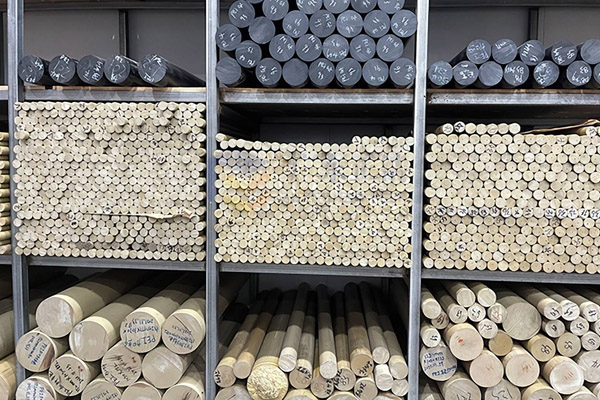
Optimized Machining Parameters:
Adjust machining parameters such as cutting speed, feed rate, and depth of cut to minimize heat generation during the machining process. Excessive heat can lead to thermal deformation in nylon parts.
Coolant and Lubrication:
Use coolants or lubricants during machining to dissipate heat and reduce friction. This helps maintain a lower temperature in the cutting zone, minimizing the risk of deformation.
Stress Relief Annealing:
Consider stress relief annealing after machining. This involves exposing the nylon parts to controlled heat to relieve internal stresses that may have been induced during the machining process.
Choose the right cutting tools for machining nylon. Sharp tools with appropriate geometries help reduce heat generation and prevent excessive material deformation.
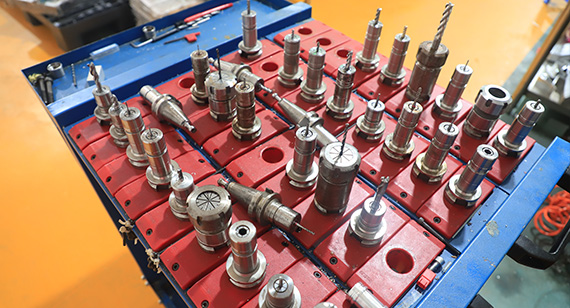
Avoid Thin Features:
Minimize the use of thin or delicate features in the design, as they are more prone to deformation. Opt for thicker sections and adequate fillets to distribute stress more evenly.
Internal Ribs and Supports:
Incorporate internal ribs or additional supports in the design to enhance structural integrity. This helps reduce the likelihood of warping or deformation, especially in larger parts.
Design for Symmetry:
Aim for symmetry in the design to balance material removal during machining. This can help prevent uneven stresses that may lead to deformation.
Post-Machining Annealing:
If stress-induced deformation is a concern, consider post-machining annealing to relieve stresses and stabilize the material. This is especially relevant for complex or intricate parts.
Dimensional Stability Considerations:
Be mindful of the specific dimensional stability characteristics of the chosen nylon material. Some nylon formulations are inherently more dimensionally stable than others.
Minimize Clamping Forces:
Use appropriate and evenly distributed clamping forces during machining to prevent distortion caused by excessive pressure on the workpiece.
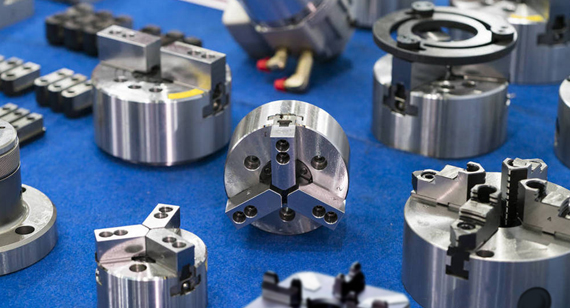
Quality CNC Machining Practices:
Employ high-quality CNC machining practices to ensure precision and consistency. Uniform CNC machining helps maintain dimensional stability in the final parts.
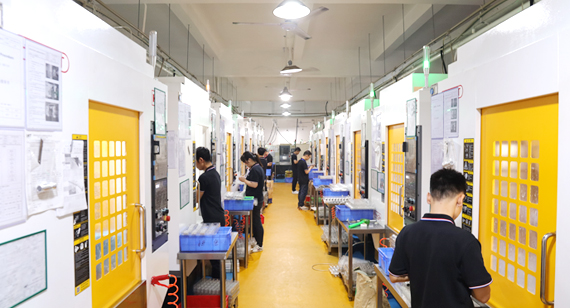
CNC Prototype and Testing:
Create CNC prototypes and conduct testing to validate the design and material choices. This allows for adjustments before full-scale production, reducing the risk of deformation.
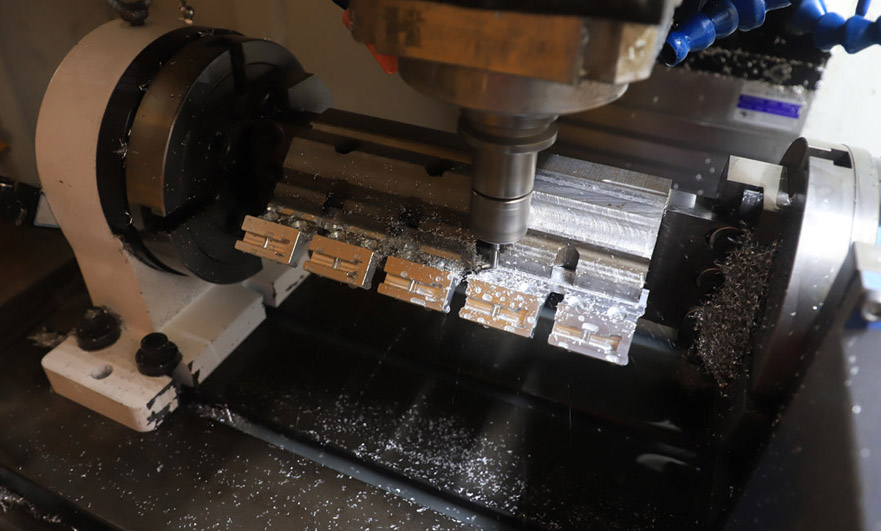
By combining these methods, you can significantly reduce the risk of deformation in CNC machined nylon parts, ensuring the production of high-quality components with minimal distortion.
Ready To Start Your Next Project?
Get Instant Quote

Request a Free Quote
Send us a message if you have any questions or request a quote. We will get back to you ASAP!